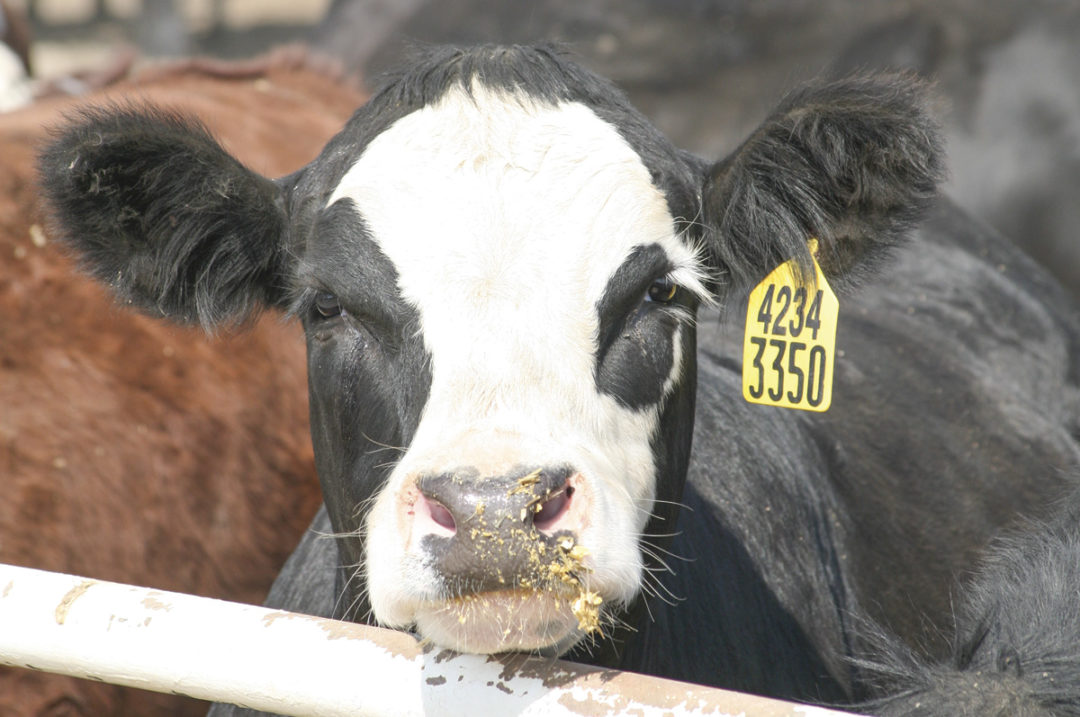Yeast has been part of the human diet for thousands of years, from leavening bread to fermenting wine and beyond. More recently, its beneficial properties have been used in human medicine and health supplements. In animal feed, yeast products are valuable additions as direct-fed microbials and have been used for over 40 years.
Feeding yeast products is not only tried-and-true, but also offers a natural alternative that supports animal health and performance. Now more than ever, as drought conditions and heat stress pose challenges to cattle producers nationwide, the incorporation of yeast feed additives into cattle nutrition and health management practices is a critical strategy.
Yeast feed additives fall into two primary categories: live yeast probiotics (also known as direct-fed microbials), which consist of beneficial viable and active dry yeast cells; and prebiotics, which are non-viable yeasts or fractions of a yeast cell. Both types of products promote the growth of beneficial bacteria that reside in the animal digestive tract in different and diverse ways. Probiotics are alive, which means they have an active role in supporting gut health and improving nutrient absorption, whereas prebiotics act as a food source for the bacteria that reside within the digestive tract. By bolstering the resilience of cattle during drought-induced stress, and optimizing digestive efficiency, these yeast products contribute to enhanced feed utilization, reduced health risks and improved return on investment (ROI) for cattle producers. However, one of the most crucial factors in ensuring the benefits of yeast additives is selecting the right kind to fit the operation’s goals.
Selecting the proper yeast
Not all yeast products are created equal, nor are all yeast products the same. In fact, there are several factors producers should consider to get the most out of their investment.
- Trusted partner: The manufacturer should ensure a high-quality production process and quality control measures to ensure product viability and efficacy.
- Specific and guaranteed: Whether it is a probiotic or a prebiotic, you should know the composition, yeast strain and specific function of the product.
- Research-backed: Each specific strain of yeast has its own unique genetic and metabolic properties. Select one that has positive cattle health and performance results.
- Fit for purpose: Pelleted feed, low-moisture tubs, mineral premixes and total mixed rations (TMRs) are all potentially harsh environments for live yeast products. Choose a product that has been proven to preserve activity all the way to the animal. Probiotics require microencapsulation to ensure viability during certain pelleted fed or tub manufacturing processes.
- Feed daily: Probiotics do not colonize the animal digestive system, so daily consumption is needed to ensure a consistent level in the digestive tract for optimal results.
Tangible benefits for livestock and producers
Incorporating specific yeast probiotics has been scientifically validated as an effective means to regulate the microbiota, by favoring beneficial microbes that enable cattle to maintain efficient digestive function and improve forage utilization. Cattle fed one yeast probiotic, Saccharomyces cerevisiae CNCM I-1077, consistently show feed efficiency and average daily gain (ADG) improvements between 4% and 7% over control animals in natural diets. Cattle fed this specific yeast strain have demonstrated significant growth and feed conversion improvement. It has also been shown to be complementary to the use of ionophores.
Another yeast probiotic, S. c. boulardii CNCM I-1079, has been shown to support cattle during times of stress – like during calving, weaning and adaptation to the feedyard. In fact, S. c. boulardii CNCM I‐1079 has been shown to improve cattle feed uptake and lower morbidity and mortality. In a recent feedyard study, cattle fed S. c. boulardii CNCM I‐1079 had a lower incidence of bovine respiratory disease (BRD), lowered treatment costs and improved cost of gain as compared to control animals.
From grazing to backgrounding to finishing cattle, different yeast probiotics can bring producers a natural way to support gut health, digestion and animal performance and health. Producers should look for products that are strain-specific for animal feed and question products that are a byproduct of a non-related production process. Product strain, manufacturing, quality control and composition all have a direct result on the product's consistency and efficacy.
Nutrition and driving efficiency
The importance of yeast additives in driving nutritional efficacy is also crucial, especially in the face of environmental or diet digestibility challenges. A rumen-specific live yeast probiotic can play a vital role in maximizing feed utilization and overcoming variations in feed quality caused by environmental conditions ranging from excessive rain to drought. In fact, a specific strain of S. cerevisiae, CNCM I-1077, has been shown to improve neutral detergent fiber digestibility (NDFD) across a wide range of feedstuffs. Probiotics contribute to extracting the most nutrients from marginal feedstuffs, ensuring optimal efficiency even under challenging conditions.
In modern livestock production, digestive disruptions can lead to numerous challenges in growth, health and performance. By incorporating yeast probiotics in the diet, cattle producers can mitigate these drawbacks and promote a healthier and more robust microbiota throughout the digestive tract. It is time for producers to be proactive when it comes to managing rumen and lower gut health for their animals and consider a naturally occurring option to help optimize performance and well-being.
References omitted but are available upon request by sending an email to the editor.












